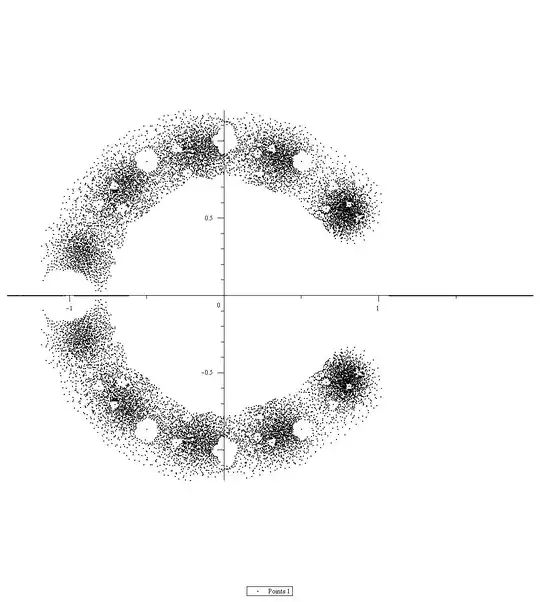Let me slightly change the notation. You have some sequence $\mathbf{a}=a_0,a_1,\cdots$ with each $a_i$ either $0$ or $1$. Define a sequence $u_0,u_1,u_2,\cdots$ by setting $u_m=0$ for $m \lt 0$, $u_0=1$ and for any $n \ge 0$, $u_{n+1}=\sum_{i=1}^{\infty}a_iu_{n-i}.$ As you note in a comment, if $a_1=1$ then $u_i$ is a non-decreasing and eventually increasing sequence (excluding a trivial case). The sequence $u_i$ will eventually be increasing as long as the set of $j$ with $a_j=1$ has a $\gcd$ of $1$.
Consider the power series $f(r)=r-(a_0+\frac{a_1}{r}+\frac{a_2}{r^2}+\cdots).$ Then $f(r)$ is defined and increasing for $r \gt 1.$ There is a unique $\lambda=\lambda_{\mathbf{a}}>1$ with $f(\lambda)=0.$ I think that there should be a constant $c \le 1$ with $\lim \frac{a_n}{c\lambda^n}=1$. We can also say that $\lambda \le 2$ with equality only in the degenerate case that $a_i=1$ for all $i$. For any $1 \lt r \lt 2$ we can create an $\mathbf{a}$ with $\lambda_{\mathbf{a}}=r$ by simply choosing the $a_i$ one at a time to keep the (non-decreasing) partial sums of $f(r)$ non-negative.
We can partially order the possible sequences $\mathbf{a}=(a_i)$ by saying $\mathbf{a}<\mathbf{b}$ when $a_i=b_i$ for $0 \le i \lt j$ and $0=a_j<b_j=1.$ In this case, $\lambda{\mathbf{a}}<\lambda_{\mathbf{b}}$.`
In case $a_i=0$ from some point on we know how to find $\lambda$ as the root of a polynomial and if $a_i=1$ from some point on we again know how to find $\lambda$ as the root of a polynomial (perhaps with a coefficient equal to $2$.So this gives us both a lower bound and an upper bound on $\lambda_{\mathbf{a}}$ based on any initial portion of $\mathbf{a}.$
I'll stop there for now although probably more can be said.
Consider the $2^d$ sequences $\mathbf{a}$ with $a_{d+m}=0$ for $m \gt 0.$ If all the roots, real and complex , of $f(r)$ are plotted then you should get a picture something like the one below. This plot is for $d=12$ you can see a similar one at this question

